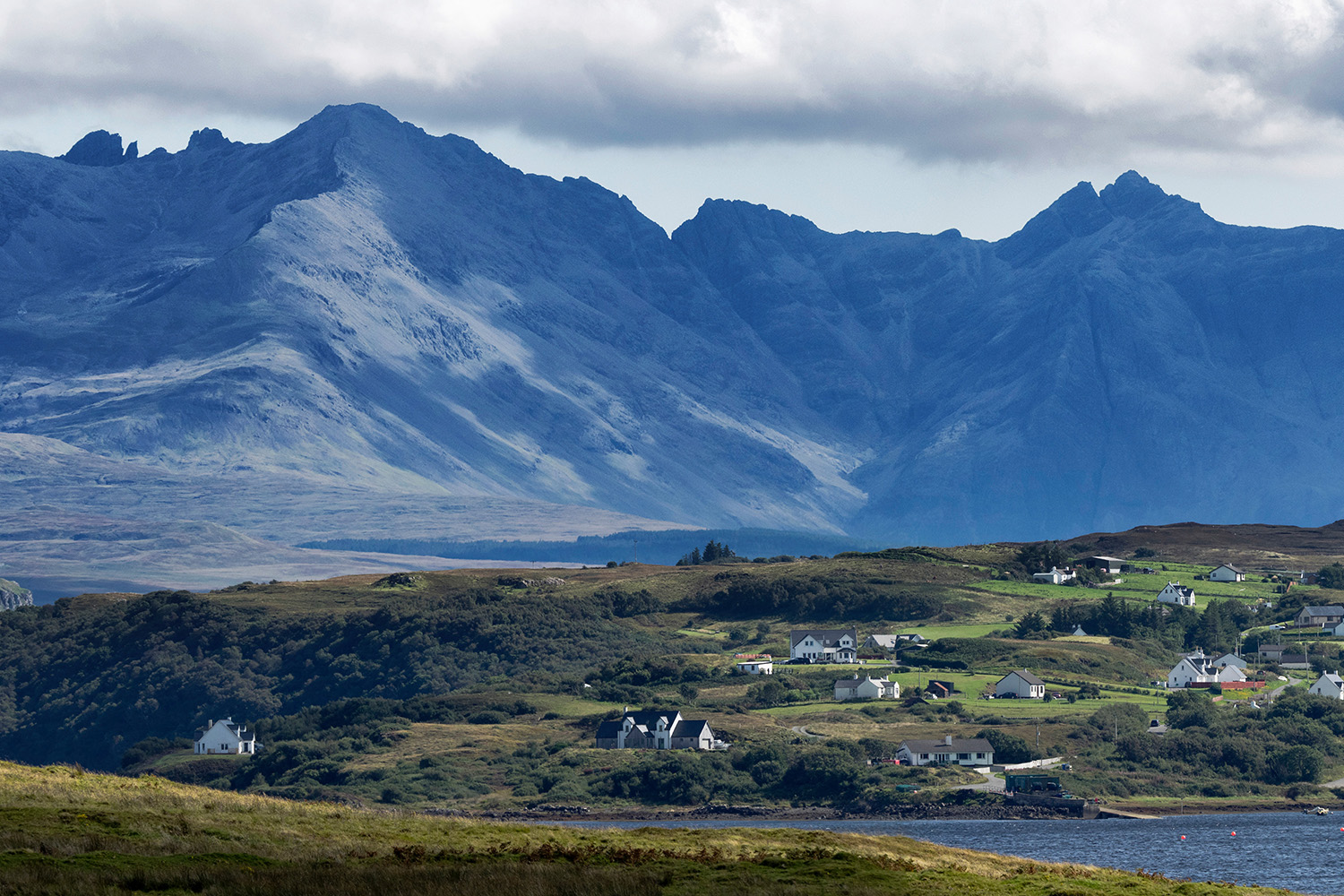1. The Scotch Whisky Regions
There are currently five, legally defined Scotch Whisky localities and regions. Each of these geographical areas is enshrined in Section 10 of The Scotch Whisky Regulations 2009.
“Campbeltown” is a protected locality “comprising the South Kintyre ward of the Argyll and Bute Council…”. Springbank, Glen Scotia and Glengyle distilleries can all be found here.
“Islay” is also a protected locality which comprises “the Isle of Islay in Argyll”. It is home to distilleries such as Ardbeg, Laphroaig, Bowmore and Bruichladdich.
“Speyside” is a protected region comprising “the wards of Buckie, Elgin City North, Elgin City South, Fochabers Lhanbryde, Forres, Heldon and Laich, Keith and Cullen and Speyside Glenlivet of the Moray Council…and the Badenoch and Strathspey Ward of the Highland Council”. The regions distilleries include, amongst many others, famous names like Macallan, Glenlivet, Glenfarclas and Aberlour.
“Highland” is also a protected region, comprising “that part of Scotland that is North of the line dividing the Highland region from the Lowland region”. Famous Highland distilleries include Glenmorangie, Dalmore, Highland Park and Talisker.
Despite what some people think, there is no legally recognised Islands region. (Rather, the Highland Region includes all the Scottish island distilleries, except for those in the Islay protected locality and Lagg Distillery in Arran, which is in the Lowland region).
“Lowland is the third protected region comprising the “part of Scotland that is South of the line dividing the Highland region from the Lowland region”. It is home to the likes of Glenkinchie, Auchentoshan and Kingsbarns in Fife.
The line which divides the Highland and Lowland regions is also known as the “Highland Line”. It is a legally defined as a line beginning at the North Channel and running along the Southern foreshore of the Firth of Clyde to Greenock, and from there to Cardross Station, then Eastwards in a straight line to the summit of Earl’s Seat in the Campsie Fells, and then Eastwards in a straight line to the Wallace Monument, and from there Eastwards along the line of the B998 and A91 roads until the A91 meets the M90 road at Milnathort, and then along the M90 northwards until the Bridge of Earn, and then along the River Earn until its confluence with the River Tay, and finally along the southern fores until it comes to the North Sea.
2. Are the regions still relevant?
Like whether water should be added to whisky, the modern relevance of the Scotch Whisky regions has sparked much debate amongst drinkers.
Many still believe that each region’s distilleries produce very distinctive and defined styles of whisky. Indeed, some drinkers will only ever buy Speysiders or Islays for example. Knowing this, many specialist whisky shops and other retailers still display bottlings by region, rather than in any other way.
Advocates of regional whisky classification will argue that “Campbeltown” whiskies are typically very flavoursome, with robust, rich characters and hints of smoke and salt. Also, that “Islay” malts are heavily peated and display smoky and medicinal notes. They will also claim that “Speyside” whiskies are very fruity, alive with apples, pears and honey, vanilla and spices. But that “Lowland” malts are light, smooth and soft, offering subtle palates reminiscent of cinnamon, ginger, cream and honey.
There is, though, a feeling amongst a growing minority of drinkers that a distillery’s physical location is no longer a ‘marker’ as to the style or flavour of its whiskies.
Their main argument is the lack of commonality between distilleries within any one of the five Scotch Whisky regions. For example, “Islay” whiskies are renowned for being heavily peated, yet Bruichladdich and Bunnahabhain distilleries on Islay produce mainly unpeated bottlings.
As Charles Maclean, the famous whisky critic, wrote in his wonderful “Whiskypedia” book, “The truth is that it is not location…that dictates the style of a whisky, it is tradition” [of the relevant distillery].
Opponents of regional whisky classification will also point out that many, many individual distilleries nowadays produce more than one style, making their whisky impossible to neatly ‘button hole’ to a single flavour profile. For example, Edradour Distillery in the Southern Highland distils both unpeated Edradour whisky and peated Ballechin whisky. Similarly, Tobermory Distillery on Mull produces both unpeated Tobermory and peated Ledaig.
Given the still considerable difference of opinion, the debate about the relevance of the whisky regions to flavour classification will rage on.
3. Skene Whisky’s bottlings
The majority of proprietary single malt whisky bottlings (eg Macallan 18 Year Old or Lagavulin 16 Year Old) are ‘vattings’ of many, many casks’ contents. The master blender’s aim is to produce an unchanging ‘classic’ style, so that the buyer gets the same sensory experience from their tenth bottle of the brand as from the first.
In sharp contrast, most of Skene Scotch Whisky’s expressions are of whisky from a single cask. The whisky will be bottled without any added colouring, without chill-filtration, and usually at either 48% ABV or at cask strength.
So, if a drinker is simply wanting a ‘mirror image’ of a proprietary distillery bottling, then they should probably look elsewhere. However, if they’re after a new, different, and exciting taste experience (which may differ even from official bottlings by the self-same distillery), Skene’s whiskies offer an opportunity to do so at a great price.


